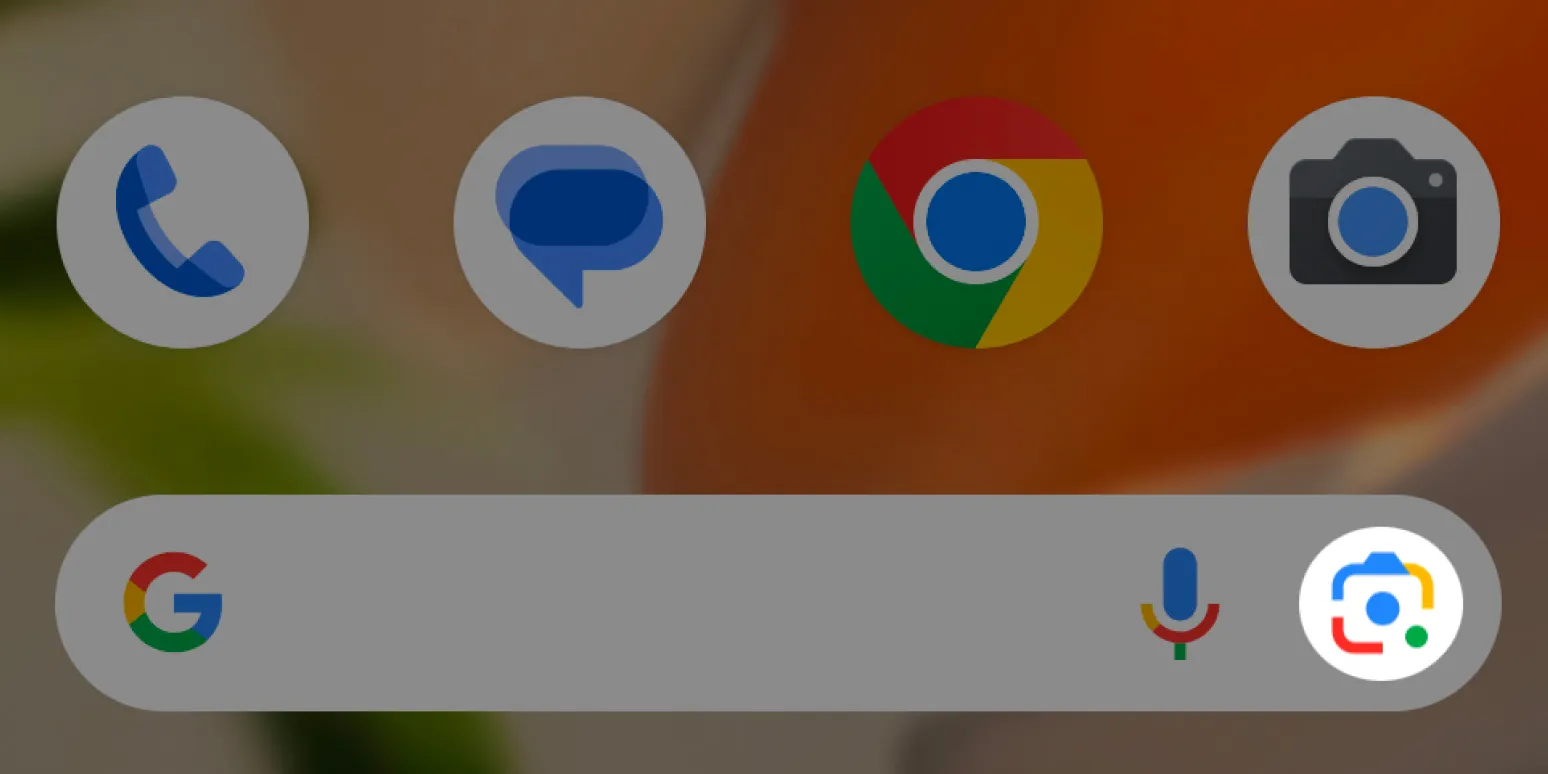Understanding Google's Image-Voice Search System
Google's image-voice search system represents a groundbreaking advancement in how users interact with search engines. Combining artificial intelligence and machine learning, this system allows users to search using images and voice commands, significantly enhancing the user experience. Marketers and content creators must stay ahead of the curve by understanding how to optimize their content for this innovative search method.
How Image-Voice Search Works
The image-voice search system leverages sophisticated algorithms that analyze visual data and voice inputs. When a user uploads an image or speaks a command, Google interprets the content and context to deliver relevant search results. This process involves:
- Image Recognition: Analyzing the visual elements of an image.
- Voice Recognition: Understanding spoken words and phrases.
- Contextual Analysis: Considering the user's intent and location.
Why Optimize for Image-Voice Search?
With the increasing reliance on voice-activated devices and visual content, optimizing for image-voice search is essential. Here are some compelling reasons:
| Benefits | Details |
|---|---|
| Enhanced Visibility | Optimizing for this system can increase your content's visibility in search results. |
| Improved User Engagement | Users are more likely to engage with content that is easily accessible via voice and image searches. |
| Competitive Advantage | Staying ahead of competitors who haven't optimized for this search method can drive more traffic. |
Key Strategies for Optimization
To effectively tap into Google's image-voice search system, implement these strategic approaches:
1. Use High-Quality Images
Ensure that all images are high resolution and relevant to your content. Google prioritizes quality visuals in image searches, so invest in professional photography or high-quality graphics. Additionally, optimize filenames and alt text with keywords that reflect the content of the image.
2. Optimize for Voice Search Queries
Voice searches tend to be more conversational. Focus on long-tail keywords and phrases that users might speak rather than type. For example, instead of targeting "best running shoes," consider optimizing for "what are the best running shoes for flat feet?" This aligns your content with the natural language used in voice searches.
3. Implement Schema Markup
Schema markup helps search engines understand the context of your content, improving the chances of appearing in rich results. Use structured data to mark up images, products, and local listings. This can enhance visibility in both image and voice search results.
4. Create Engaging Content
Content quality is paramount. Create engaging, informative, and visually appealing content that encourages users to share and interact. Use bullet points, tables, and infographics to break up text and make information easily digestible. This can improve user retention and reduce bounce rates.
5. Leverage Local SEO
For businesses, optimizing for local search is crucial, especially for voice queries. Ensure your Google My Business profile is complete and accurate. Use local keywords in your content to attract nearby users searching for products or services.
Monitor and Analyze Performance
To ensure your optimization strategies are effective, regularly monitor your website’s performance. Utilize tools like Google Analytics and Search Console to track traffic sources and user behavior. Pay attention to how users interact with your images and voice search results.
| Metrics to Track | Importance |
|---|---|
| Image Click-Through Rate | Indicates how effective your images are in capturing user interest. |
| Voice Search Traffic | Measures the volume of traffic generated through voice queries. |
| User Engagement | Tracks how users interact with your content, such as time spent on page. |
Conclusion
Tapping into Google's image-voice search system presents a unique opportunity for businesses and marketers. By implementing high-quality visuals, optimizing for voice queries, leveraging schema markup, and creating engaging content, you can enhance your online presence and drive more traffic. Stay informed about the latest trends and continuously monitor your performance to ensure your strategies remain effective in this ever-evolving digital landscape.





